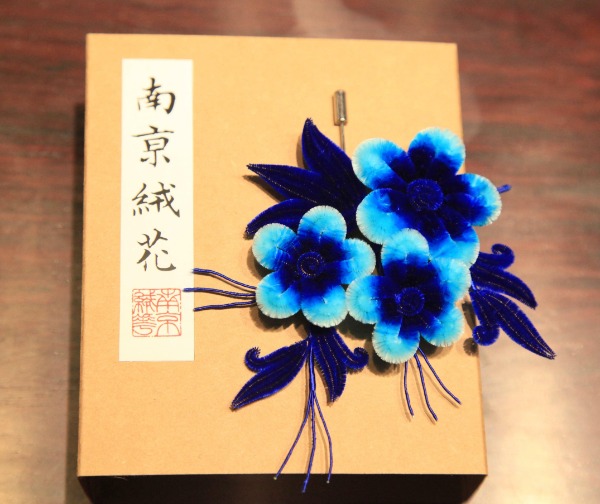 |
|
[Photo provided to China Daily] |
In the series, the empress and concubines usually wear headwear with patterns of peony, chrysanthemum or a combination of plants, while the maids wear more plain and less colorful pieces.
Television audiences were not aware of the velvet flowers at first, jokingly comparing the headwear to succulent plants on social media.
Yet, as the crew continued to publicize the back-stories of these cultural elements, audience members started to appreciate their efforts, as a number of them actively tried to explain their origins via a "bullet screen", which allows instant comments to shoot across the screen.
"The dramas have brought intangible heritage back into the public view," Zhao says.
Zhao is usually found working at his studio at the Nanjing Folk Art Museum at Gan's Grand Courtyard, demonstrating how to make velvet flowers to visitors.
Nowadays, Zhao is more willing to use softer, pastel colors rather than showy ones in his flower works. He continues to follow changes in public tastes while digging ever deeper into the historical legacy of the craft.
According to him, besides filmmakers and television crews, young fans of hanfu (traditional Chinese clothing) have become the main buyers of his velvet flowers.
"We hope that velvet-flower works will return to ordinary people's lives and become a symbol of folk fashion."
In Zhao's view, this is the best way to keep the endangered folk craft in the limelight.